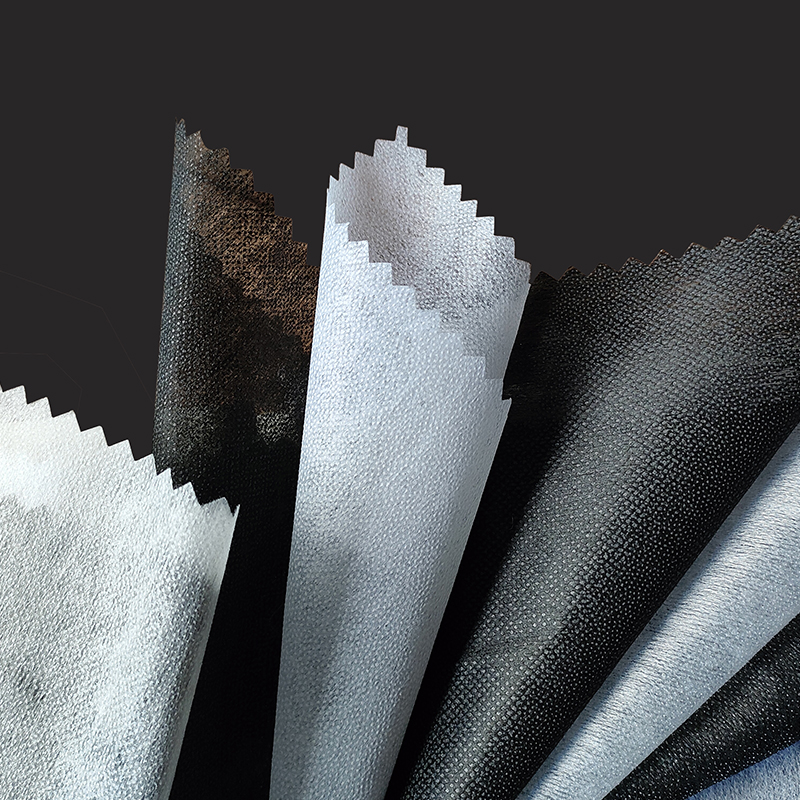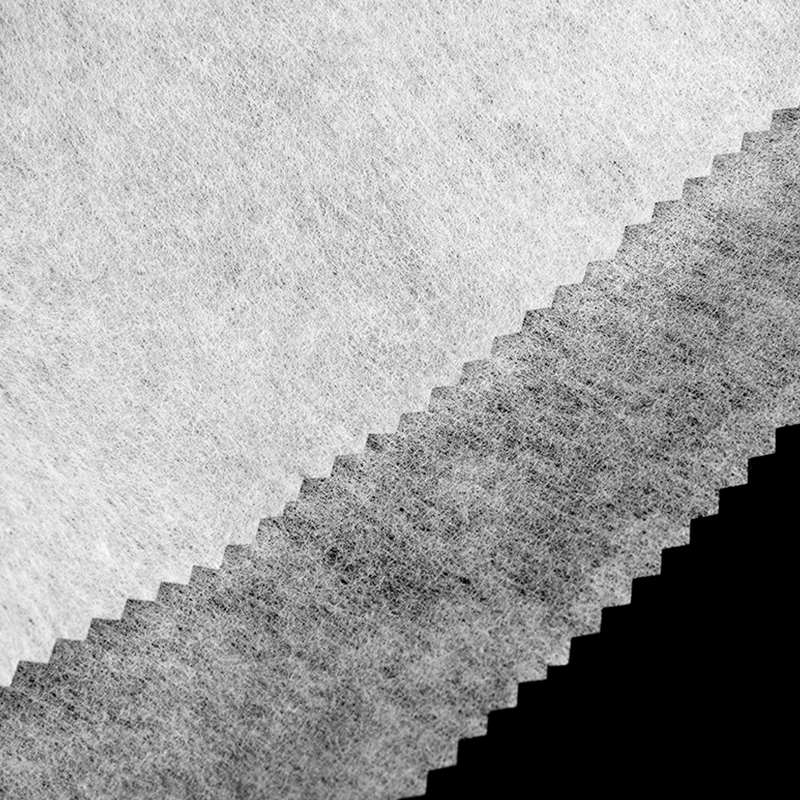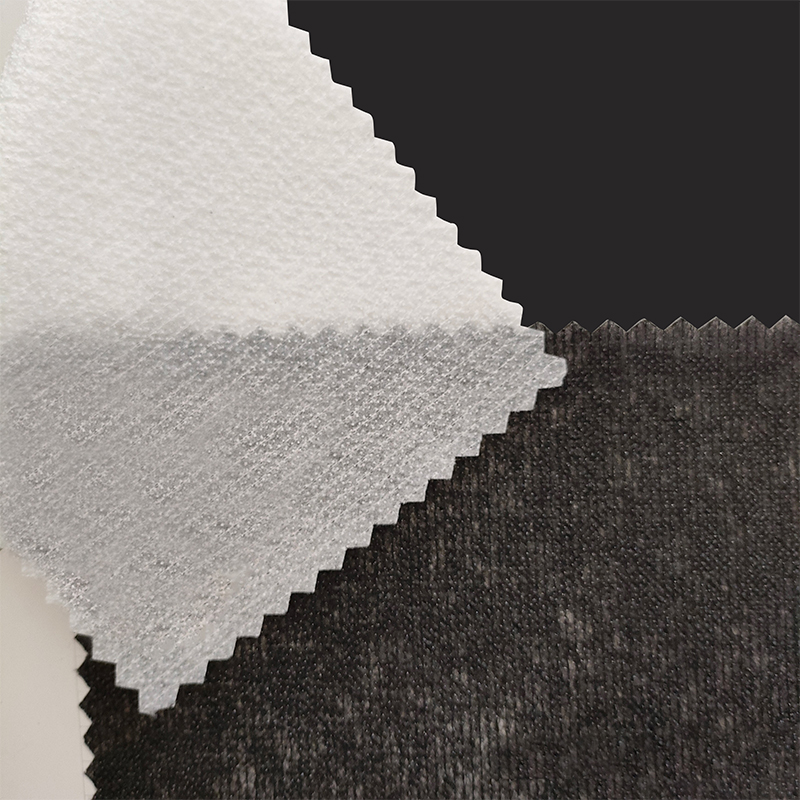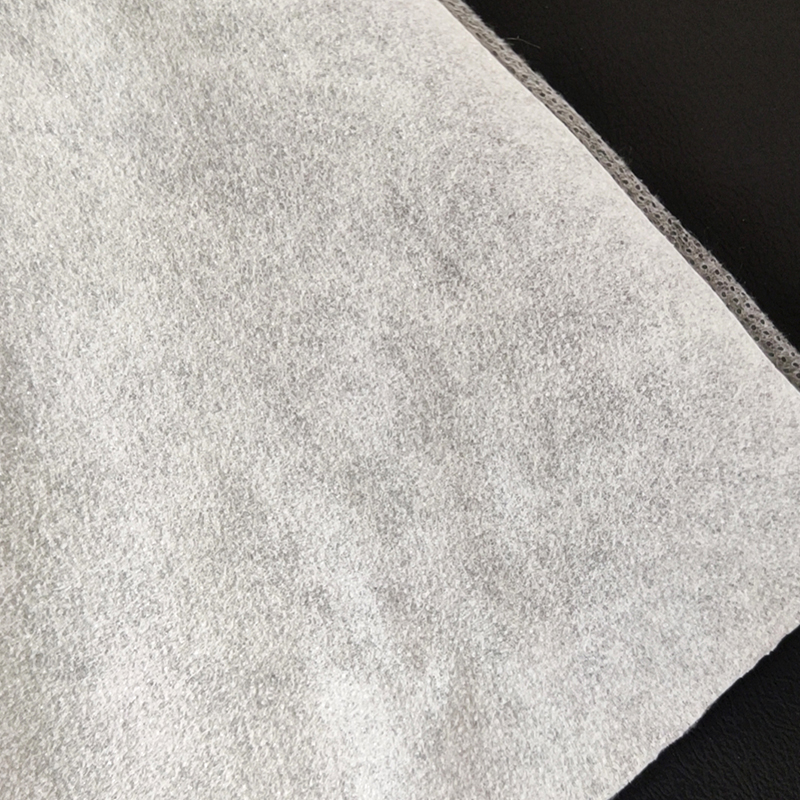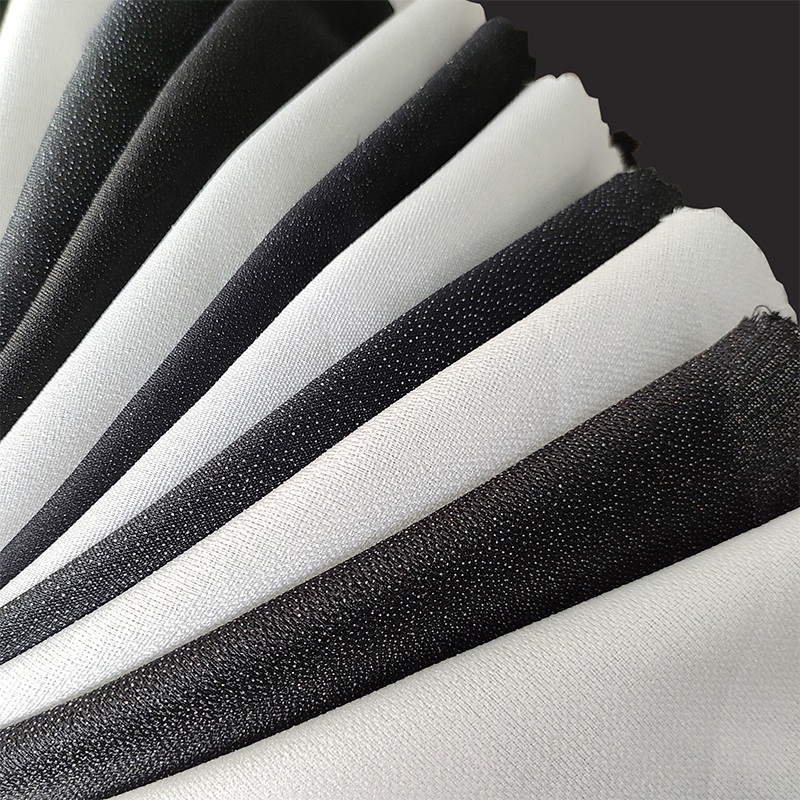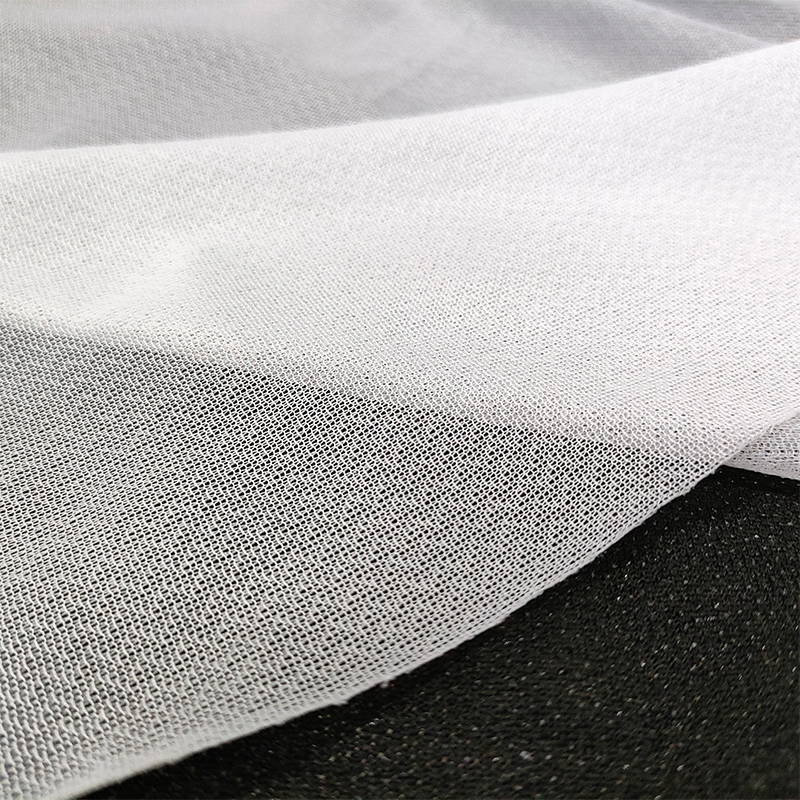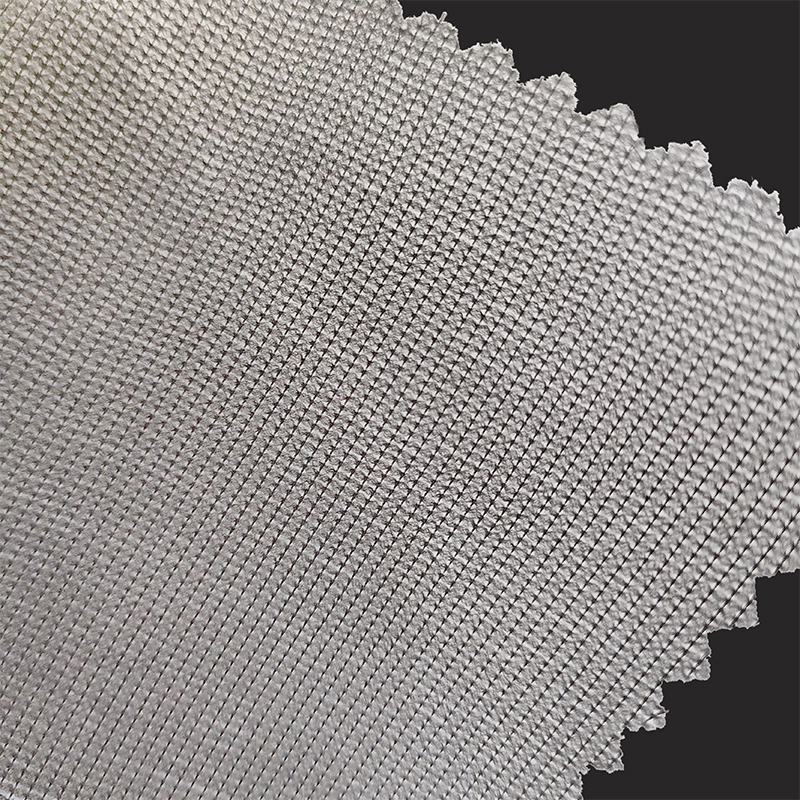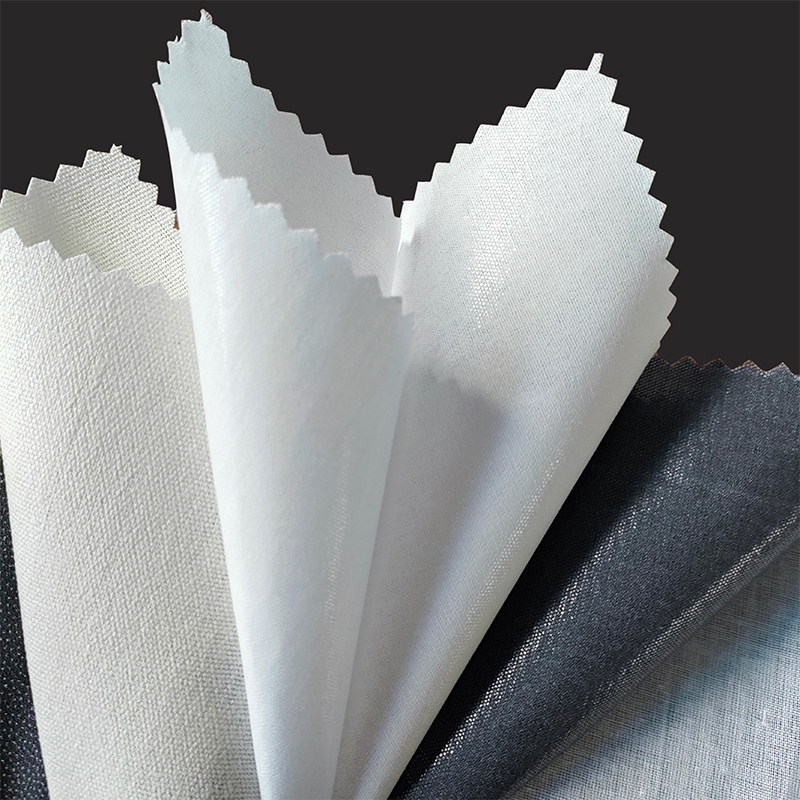Practical Uses of Non-Woven Interlining
Content
1. Apparel: Making Soft Fabrics Stand Up
•Reinforced Concrete for Collars/Cuffs
A hidden layer inside shirt collars and blazer lapels ensures they won't collapse even after washing, like invisible steel bars in a building.
Avoid: Using non-woven interlining on thin chiffon? It'll turn you into cardboard! Use silk gauze interlining instead.
•Anti-Deformation Shield for Plackets and Waistbands
Sew a layer of interlining on the inside of the waistband of jeans and behind the buttonholes of coats to prevent the fabric from being pulled and deformed by buttons or zippers.
Industry Secret: Place interlining before sewing buttonholes to prevent the hem from breaking.
•Anti-Deformation Shield for Embroidery/Appliqués
Before embroidering a logo on a T-shirt, iron a thin layer of interlining on the reverse side to prevent knitted fabric from twisting.
2. Home Furnishing Applications: An "Invisible Slimming Agent" for Curtains and Sofas
•The Magic of Curtain Drape
Polyester curtains drape like velvet with interlining, instantly transforming street-style items into high-end fashion. Key technique: Use lining 5cm wider than curtains for fuller pleats.
•The secret to a crisp sofa
Sew lining inside a linen sofa cover to keep it in shape for three years—a boon for lazy people.
•Anti-crack armor for a patchwork quilt
Apply narrow strips of lining to the seams of fabric panels for a ten-year machine-wash-resistant finish.
3. Handmade luggage: The trick of turning soft leather into a hard case
•The paper bag effect on totes
Put lining on both sides of a canvas bag to instantly transform soft fabric into a "paper bag" that stands up.
Warning: Too thick lining + thick canvas = shoulder pain!
•Shaping the endoskeleton of leather goods
Apply lining to the inner layer of a vegetable-tanned leather wallet to prevent stretching and deformation when engraving patterns.
4. First responders for special situations
•Quick cosplay prop creation
Apply EVA foam lining and then wrap it with fabric for sharp, non-frizzy armor edges.
•A temporary repair tool
Hole in your woolen coat? Iron the inner lining with interlining and embroider the outer fabric to cover up any flaws, saving thousands of yuan in mending costs.
5. Misuse: Destroy Everything
•Using regular interlining for knitwear: The stretch fabric becomes a smudge, with the seams breaking at the slightest touch.
•Using high-temperature ironed silk interlining: The gloss is completely gone, and ironing over 110°C will ruin it.
•Using stiff interlining for children's clothing: Is your baby crying from the collar? Switch to a breathable knit interlining.

 English
English Español
Español Türk
Türk